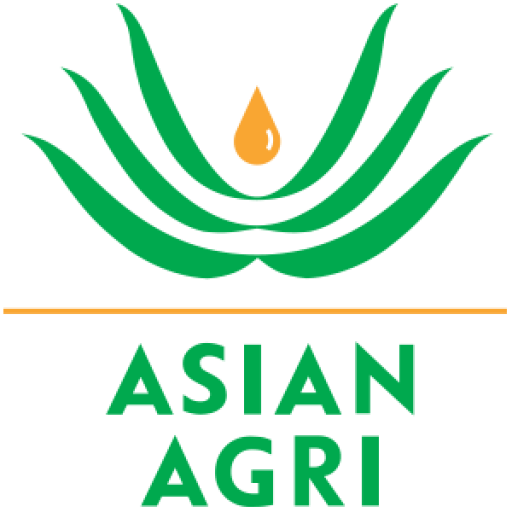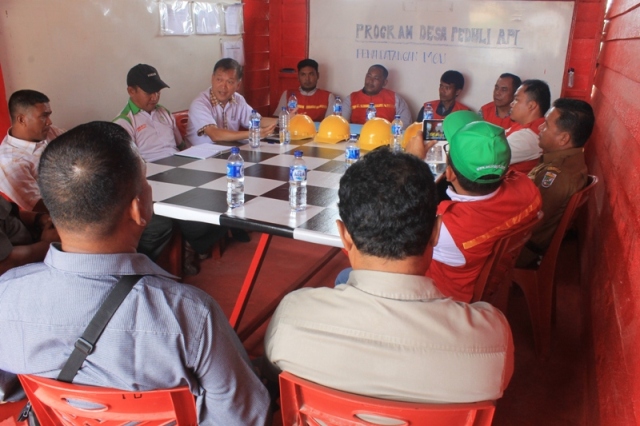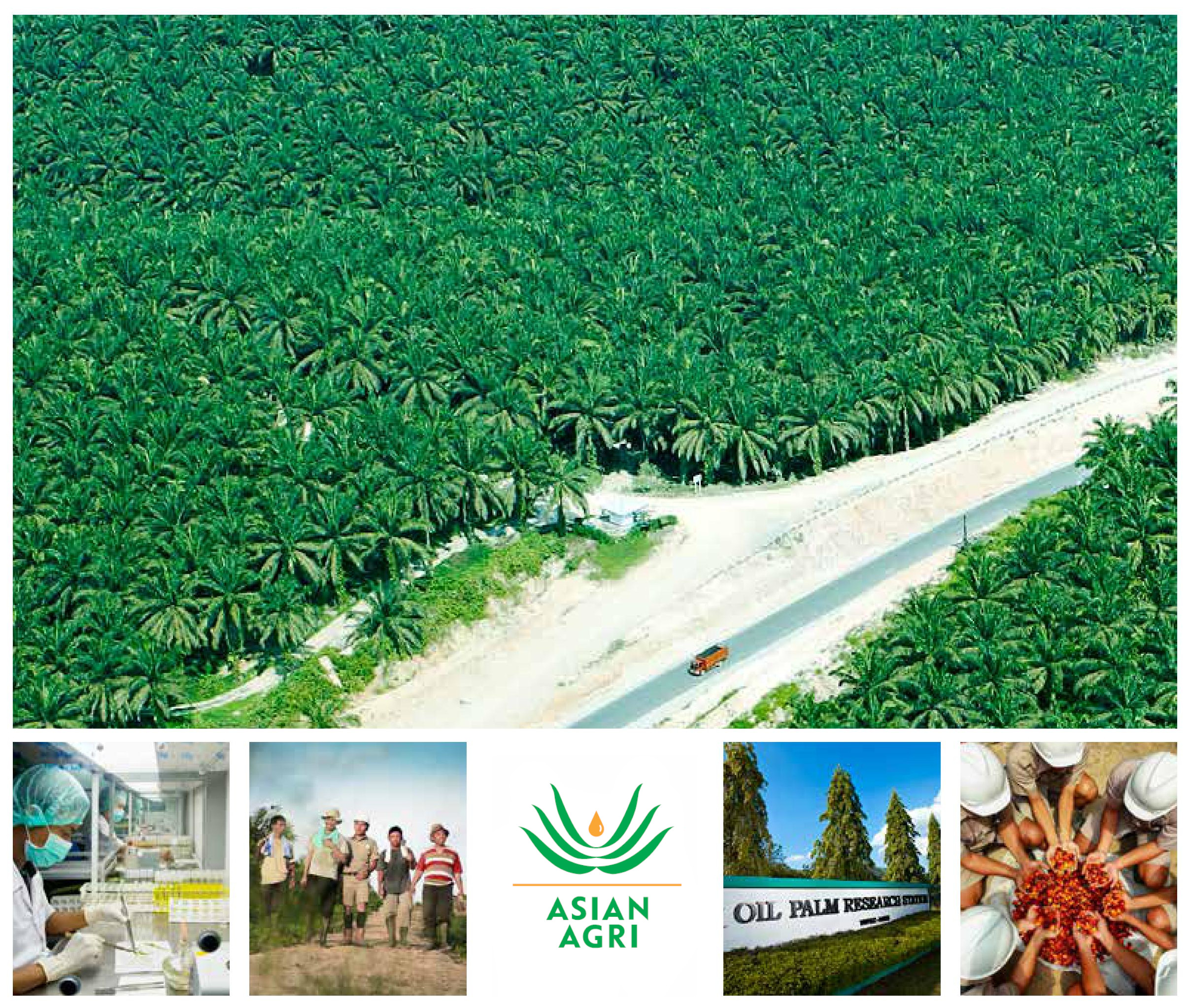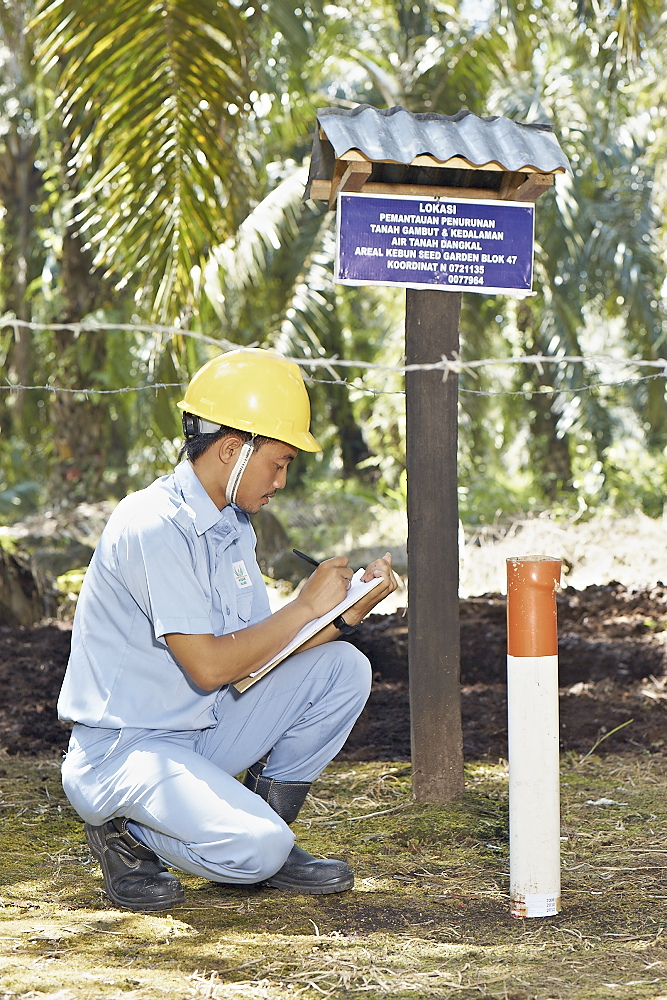
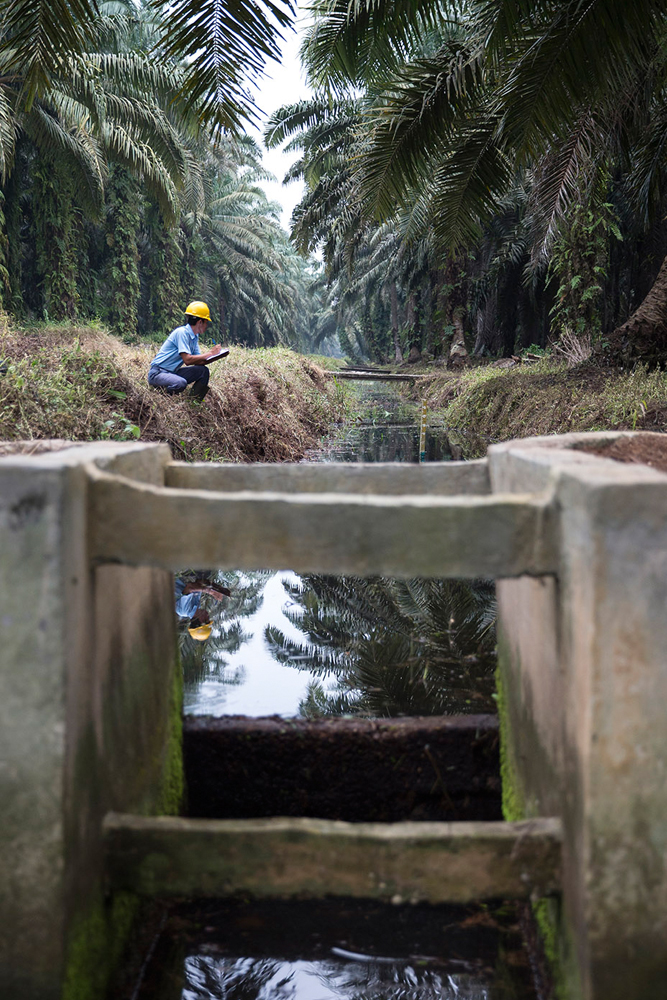
We recognize that, if not managed properly, estates on peatland can potentially be a large source of GHG emissions. Hence, Asian Agri is committed to implementing Best Management Practices on all its peat plantings (as stipulated in the RSPO’s BMP guidelines for peatland, which Asian Agri helped to formulate with emphasis on adopting good water management practices).
Asian Agri, supported by its competent in-house R&D team, has conducted soil mapping and surveys to identify the main soil types on our estates. Some of our estates that were established back in the 1980s are located on peatland. The peatland is mapped on Asian Agri estates to guide Best Management Practices, which include proper nutrition, preventing excess nutrient leaching into waterways to prevent eutrophication, optimum water management and the monitoring of water subsidence.
As a member of RSPO, the water management practices for our estates are based on RSPO Best Management Practices on Peatland. A drainability study of the area must be conducted before the peatland is considered for new cultivation. The assessment will determine which water management approach is most suitable for the area, for example the use of bunds, water gates and weirs (water control structures).
Good water management prevents inflow of water during the monsoon period when river water levels are high. It also serves an all-important function to prevent water from leaving the plantation during the dry months, mitigating the risk of over-drainage of the peat.
Over-drainage not only increases the rate of oxidation of the peat (GHG emission), but it also irreversibly destroys the physical structure of the peat itself and, therefore, is highly detrimental to the oil palm growth and yield. Subsidence poles are installed at strategic locations in the peat plantations to monitor the rate of peat subsistence on a monthly basis.
Our procedure requires that the water level in the drainage should be maintained throughout the year at between 50 and 70 cm from ground level. This is in line with the RSPO Manual on Best Management Practices for Existing Oil Palm Cultivation on Peat (2012).
Our existing peatland estates are distributed in North Sumatra and Riau. We are currently managing eight peatland estates. These represent around 17 percent of the total area under our management.
As our existing estates on peatland are entering their replanting phase, drainability assessments need to be conducted prior to replanting in order to determine the suitability of the land for the next cycle of oil palm planting.
We also committed to a “no new planting” policy on peatland with 65% organic soil or more regardless of the depth of peat. Prior to any new planting, peatland mapping and assessment are carried out by peat experts from our R&D department. The results are used to produce a peatland map showing areas that should be protected from any new development. We also conduct monitoring of our water usage for all of our mills and estates.
We also share the knowledge and guidance on best management practices with suppliers who are engaging with us and have planted on peatland in order to ensure minimum impact to the environment.
